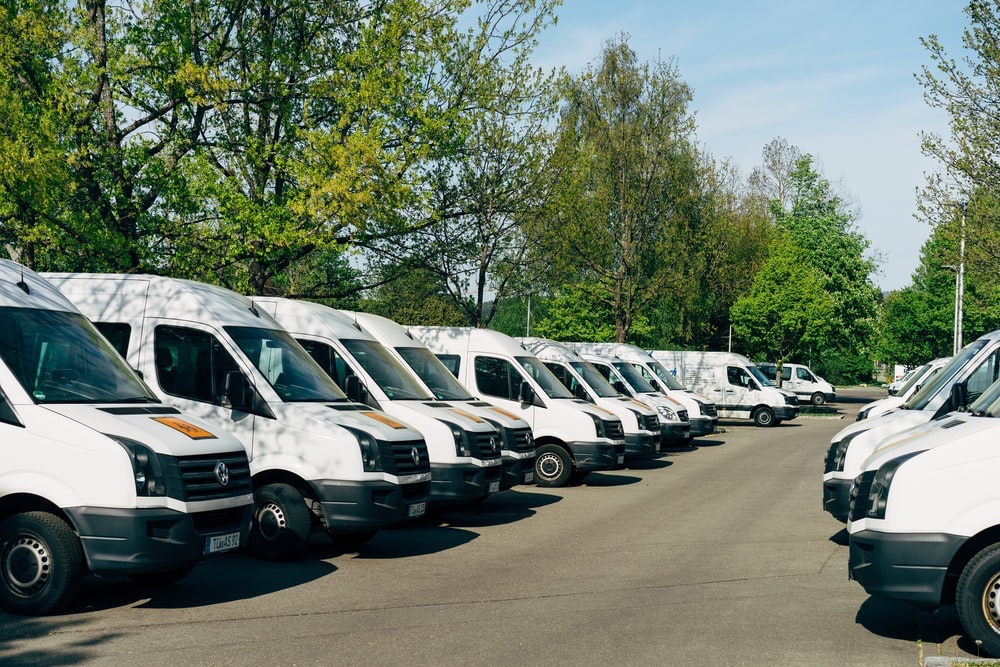
There are a lot of business types out there that rely on vehicles as a crucial part of their work. The transport industry has never been larger, and there are more companies than ever before working to move goods around the world. Of course, though, other types of companies need to get their hands on vehicles, too. Building your fleet can be a challenging process, but this article is here to help you out as you get started. It’s always worth doing plenty of research when you first approach something like this, ensuring that you have all of the knowledge you need to choose the perfect fleet.
Choosing Your Vehicles
Choosing the vehicles you will be using in your fleet is the first stage in this process. Before you can pick the exact vehicles you will be using, it will be crucial that you build an understanding of the type of fleet you need. Different businesses will have very different needs for their vehicles, but you can find some of the main considerations you need to make below.
- The Work You Do: The work that your business does will be the most important element of this process. For example, companies transporting goods will need large trucks and vans, while those moving people around will need buses or cars. It can be very helpful to make a list of the different vehicle types you need as you get started.
- Your Employees: The people working for you will make a big difference when you’re choosing a fleet for your business. Those with the ability to drive larger and more challenging vehicles can cost more than those who will be driving cars, and this is something you need to keep in mind.
- Your Budget: Budgets can often get in the way of fleet-building aspirations, and this means that you need to plan very carefully to maximize your budget and make sure that you don’t spend too much as you work to build the fleet of vehicles you will be using. This can be easier than many people expect.
Getting Your Hands On Vehicles
Once you have an idea of the type of fleet you will be building, it will be time to start looking at ways to get your hands on the vehicles you need. This can be another challenging element of this process, and you need to be extremely careful to make sure that you don’t overspend or ignore crucial vehicles when you are acquiring assets like this.
- Leasing: Many vehicle manufacturers and companies offer leasing for companies that are trying to build fleets. This works similarly to long-term rental services, though you can often find contracts that will allow you to keep the vehicles you have been borrowing once you come to the end of the agreement.
- Buying New: Buying your fleet of vehicles on the new market can be quite costly, but the money you spend on this can be worth it to make sure that you have the best quality motors you can find. Companies like Piedmont Trucks can help you to get your hands on specialist vehicles that will be ideal for your business.
- Buying Used: The used market can also be good for companies trying to build fleets, though it can be harder to find exactly what you need if your business is using specialized vehicles for its work. It’s worth exploring this market if your budget isn’t large enough to cover the costs of new vehicles.
Managing Your Fleet
The work doesn’t stop with your fleet once you have it ready and waiting to be used. You have to work hard to manage this aspect of your business, and this can involve a lot of work. It’s always worth planning ahead with this, ensuring that you are aware of the work that will have to do before you are burdened with it. Of course, you could always delegate these jobs to your team members.
- Vehicle Servicing: Servicing your vehicles is an important part of the process when you are working to manage your fleet. You need to make sure repairs are made as needed, while also going through regular tests to make sure that nothing is being missed. Thankfully, most of this work can be handled by other companies.
- Legal Documents: There are a lot of legal documents that come with managing a fleet. Alongside being serviced, you also need to make sure that your vehicles are up to date with insurance, and that your drivers have valid licenses to enable them to use the vehicles you work with.
- Fuel & Other Consumables: Vehicles use a lot of consumables during their lives, from water to fuel, and this is something you need to keep on top of, too. This can be part of your weekly inspection process, and you can also rely on your drivers to check their vehicles to make sure that they are topped up on the things they need.
Training Employees
Finally, as the last area to consider, it’s time to think about the training that you give to your employees. While the people working with you are likely to have the correct documentation to be able to drive legally, it can pay to offer extra training to help them with your policies and processes when they first start. Going to extra lengths with this will not only help to avoid accidents and other issues, but it will also offer some level of protection if you do ever experience an issue with one of your drivers.
As you can see, there are a lot of steps to take when you are building a fleet for your business. It is crucial that you have an understanding of this work before you get started, ensuring that you are able to take the right steps towards running a good fleet. As time goes on, this will only get easier and easier.


